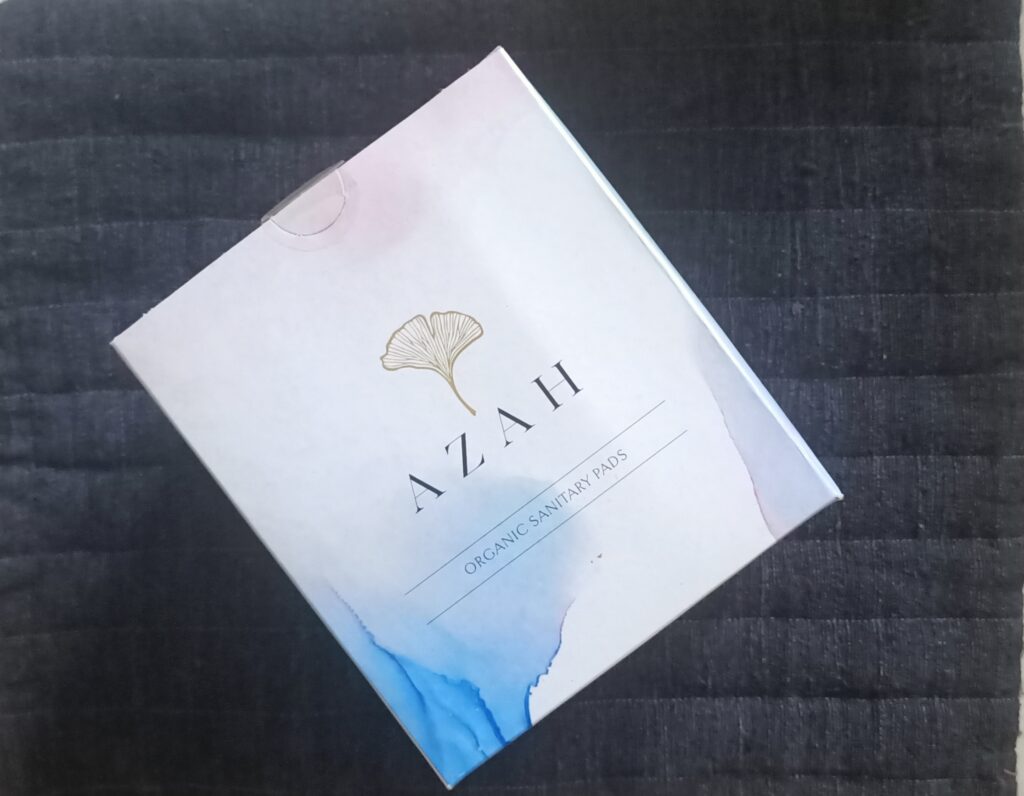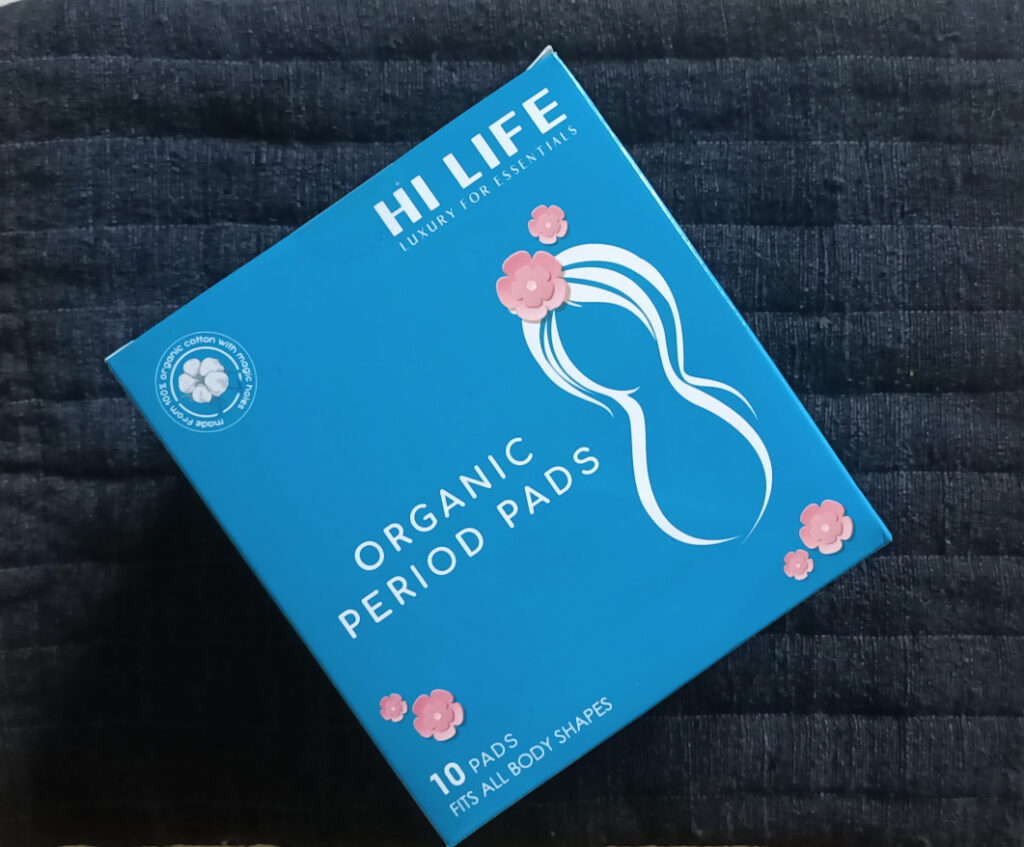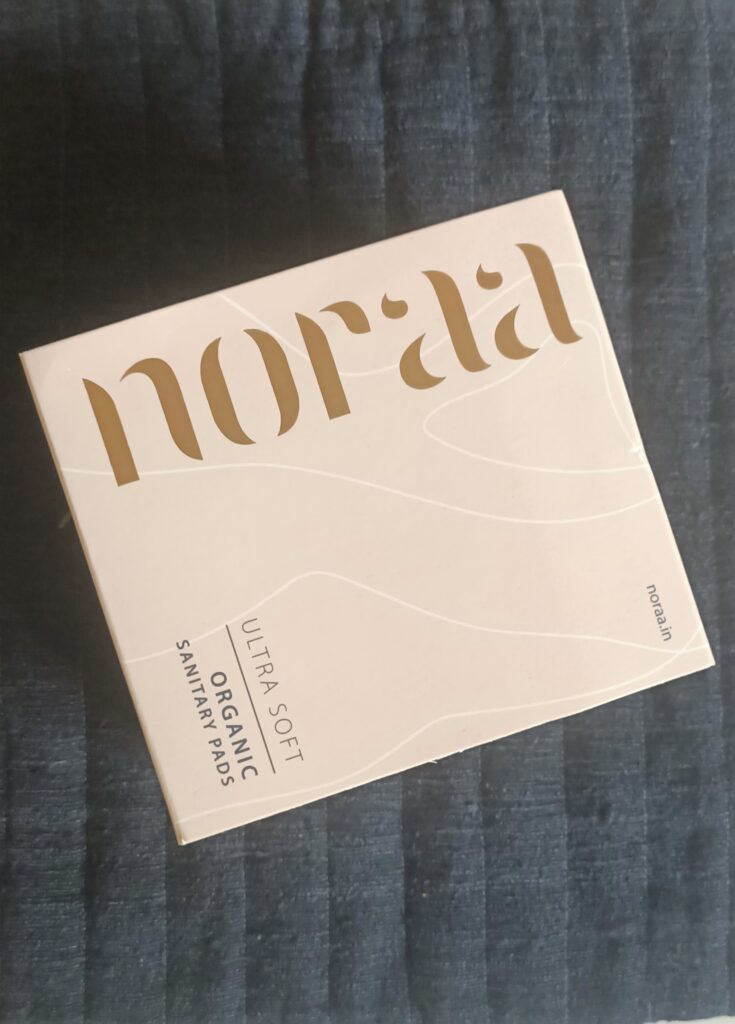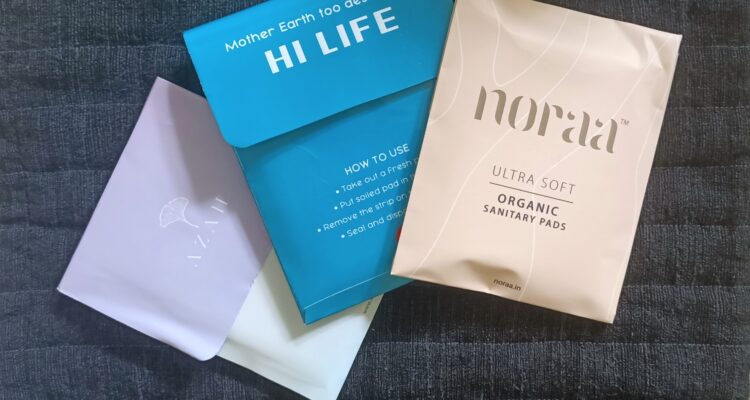I tried and tested 3 Indian brands of Organic Sanitary Pads. This is my review.
◊ By Bhumika K
Visit ORGANIC SHOP by Pure & Eco India
We don’t wear plastic clothes, so it defies logic to swathe our nether regions in plastic during that time of the month. That is why most women, including this author, are on a perennial search for a better, more comfortable and safer product for their period.
Mercifully, over the last few years, some brands offering pads made with organic cotton and natural materials have cropped up.
But do they match up to regular plastic-based pads in terms of comfort, pricing and functionality? Are they biodegradable as they claim? Here is my review of three such brands.
HEALTH & ENVIRONMENTAL CONCERNS WITH PLASTIC SANITARY PADS
We know all too well that harmful toxins are used in the production of plastic.
Regular pads are said to contain dioxin (a byproduct of bleaching cotton). It is said to lead to the most common problems like rashes and urinary tract infection (UTI) and, in the long run, could lead to infertility and cervical cancer.
Also the “dry” top layer in non-organic pads is made of polymer (plastic), which again, has similar side effects as a dioxin. Moreover, this layer takes almost 500 years to biodegrade, and then again, not fully.
Almost all pads have a SAP (Super Absorbent Polymer) or a gel inside them that can absorb large volumes of liquid and retain it under pressure.
Most modern-day pads also have an Acquisition Distribution Layer (ADL), which creates a low density void space beneath the top sheet and above the SAP, to keep skin dry and enable rapid fluid absorption to help minimise leaks.
Last but not the least, is the addition of a synthetic fragrance or scent to the top layer to keep the period “bad odours” away.
Unfortunately, non-organic pad companies in India, or for that matter, abroad, do not disclose materials used in their pads because they are not legally obliged to do so.
Neither Whisper nor Stayfree’s India website offers clear information on the same, although Stayfree India’s website, www.stayfree.in, does claim the brand’s pads are made with “75% renewable source materials” and also claims to have recycled 70% of its post-consumer waste in FY 19-20, although the details of how this was achieved have not been divulged.
Whisper India’s website extolls its stringent manufacturing practices but neglects to shed light on the plastic used in its pads.
FYI, organic sanitary pad companies also use plastic (SAP) lining inside the core of pad, rendering the pad not entirely biodegradable. But they are extremely transparent about the materials they use on the surface of the pad, which comes in direct contact with the skin—usually they use certified organic cotton here.
PRICE COMPARISON: REGULAR SANITARY PADS VS ORGANIC SANITARY PADS
All three brands featured in this article – Hi Life, Azah and Noraa – had discounts on when I shopped. They offer better rates if you opt to be a regular subscriber. But you have to order in advance; they take time to reach you. All the ones I ordered came with individual covers that claim to be biodegradable, and can be used as disposal bags.
Standard non-organic pad brands like Whisper and Stayfree come cheap—at approximately Rs. 8 to Rs 13 per pad, with the Regular sizes priced as low as Rs. 4 to Rs 10 a pad.
The most basic range of, Whisper, the Whisper Choice pack – Regular (with wings; pack of 7) comes at Rs. 30, while Whisper Ultrasoft XL (with wings; pack of 7) is priced at Rs. 66.
Stayfree Secure Cottony Cover – Regular (with wings; pack of 7) is priced at Rs. 30, while Stayfree Secure Cottony Soft Cover – XL (with wings; pack of 6) is priced at Rs. 36.
The three organic pad brands featured here, on the other hand, are more than double the price of non-organic ones – priced at Rs. 20 to Rs. 34 per pad.
But what’s a little more money in front of long-term, far more costly health implications that may hit you in the future?
FEEL & FUNCTION
All three brands were able to handle heavy flow, though they all appeared deceptively thin! There were no tears, no clumping, or leaks.
But, as a general rule of thumb, I found that it was best, as advised medically with any sanitary pad, to change them in a gap of 4 to 5 hours on heavy-flow days.
On light-flow days, they can stretch easily up to six hours. In terms of offering the “dry” feeling, these brands felt less dry than conventional pads, simply because of the cotton covers that they use, and I’m not complaining about that. In fact, it’s one of the very pertinent reasons one would choose these brands!
I believe the slight wetness felt with these pads is a good and safe natural reminder to change. There is this troubling issue that if you use a conventional dry-top-cover pad, you don’t change often enough because you do not feel “wet” enough, and therefore put yourself at higher risk of an infection from bacterial buildup.
Anything that chafes against your skin in a moist atmosphere is bound to give you some amount of skin sensitivity and irritation. So while it wasn’t a totally rash-free experience for me, the intensity and severity was very low compared to regular pads.
AZAH
Azah is one of the few organic sanitary pad brands offering an XL size choice, making it a good choice for night usage. They also offer the advantage of mix-and match – you can pick out a combination of regular and XL too, for light and heavy days respectively. They also offer free shipping, irrespective of quantities ordered.
Azah claims to be India’s first “made safe” certified pad, tested to be free from all harmful chemicals by Safe Cosmetics Australia. The brand is also Australian Allergy Certified.
While the surface is made of pure organic cotton, the core consists of “a biodegradable superabsorbent” to ensure dryness. Azah is also one of the first companies in India to ensure that its pads meet US FDA approval.
The soft comfortable cloth cover and good contouring of the pad worked well and the XL sizing was perfect.

Azah Pack Details
Size: XL (320mm). Regular size of 280 mm is also available at the same price. You can also get a combination of 8 XL and 7 Regular pads at the same price for heavy and light-flow days.
Quantity: 15 pads (boxes of 20, 30 & 40 pads also available)
Price: Rs. 289 (originally Rs 330)
Has wings: Yes
Perfumed: No
Surface material: Organic Cotton
Plastic content: The core of the pad comprises a “superabsorbent” that biodegrades (the word polymer is omitted). I am assuming this means it is a superabsorbent polymer—a kind of plastic. The brand claims the superabsorbent is the biodegradable kind, but does not elaborate.
Therefore, as consumers we can deduce that they use plastic inside to fight wetness. This renders the pad not biodegradable. But from a consumption standpoint, it is still preferable over regular pads as they use plastic and fragrance on the surface area, which directly touches your skin throughout the menstrual cycle.
HI LIFE
The first thing I noticed was the shiny thick packaging of each individual cover of the pad, which appears to be plastic. But, I discovered from the printed label on it that it is biodegradable (although nowhere on the website could I find information on what the material is).
Hi Life’s pad has a soft surface made of GOTS certified organic cotton (GOTS is the organic standard for textiles). The brand claims its research laboratories in Japan have created a unique honeycomb structure that makes its pads super absorbent. The pads also have two air-laid sheets (similar to ADL and usually made of wood pulp and fibre) that prevent back-flow, stains and side leakage.
However, the website entirely neglects to mention the material used inside the pad to fight wetness—I presume it is SAP again.
I found this pad a bit short in terms of length. But I liked that it has stickered wings in the back too – extra security and lesser chance of stains. However, I feel not having a fully rounded contour on the back-end is a disadvantage.
I felt this pad is ideal for travel.

Hi Life Pack Details
Size: Only one standard size available (measurement not mentioned on website)
Quantity: 10 pads (pack of 15 and 30 also available)
Price: Rs. 333
Has wings: Yes
Perfumed: No
Surface material: Organic Cotton
Plastic content: The disposable cover of the pad is biodegradable as claimed by the brand—it appears to be plastic.
The brand has not divulged the inner material used in the core of the pad. Therefore, as consumers we can deduce that they use plastic inside to fight wetness. This renders the pad not biodegradable.
But from a consumption standpoint, it is still preferable over regular pads as they use plastic and fragrance on the surface area, which directly touches your skin throughout the menstrual cycle.
NORAA
Noraa is best suited for daytime use. The pad is slimmer in width compared to the others; more contoured. The advantage is that the entire pad is stickered, all the way to the outer edges, making it feel fully secured and reassuring.
Usually, most pads only have the central strip sticker and wing sticker. I would say it will help people who physically have a need to move around a lot during work or exercise during periods.
Noraa’s website claims its pad biodegrades completely in 6 months. While the pad’s surface is made up of a mix of organic cotton, corn starch, wood pulp and bamboo, the inner core is made up of SAP, as expected. Hemender Hoon, Founder, Noraa, has informed Pure & Eco India, that their SAP concentration is less than 30%. However, SAP is not known to biodegrade naturally.
Noraa’s pads also do not contain any chemical glues or perfumes and fragrances.

Noraa Pack Details
Size: One standard size of 300 mm
Quantity: 12 pads
Price: Rs. 249
Has wings: Yes
Perfumed: No
Surface material: A mix of organic cotton, corn starch, wood pulp and bamboo fibre.
Plastic content: Noraa uses SAP in its core. Hemender Hoon, Founder, Noraa, has informed Pure & Eco India, that their SAP concentration is less than 30%.
VERDICT
Any pad, with any amount of plastic in it – even to a marginal concentration – cannot be a 100% biodegradable. Even a tiny bit of plastic would take years to break down and would certainly leave behind microplastics.
All 3 of the organic cotton pads mentioned above have a plastic sheet encased in the cloth to render the product leak-proof. This is a necessary evil, unfortunately, or the product would simply not be practical.
But with these pads, your skin is not in direct touch with plastic (and synthetic fragrances) all day. Most of these pads would have at least 4-5 layers of fabric between the plastic layer and your skin.
Therefore, these pads are perhaps, the more prudent option over conventional pads, which are all-plastic, top to bottom.



Leave a Reply